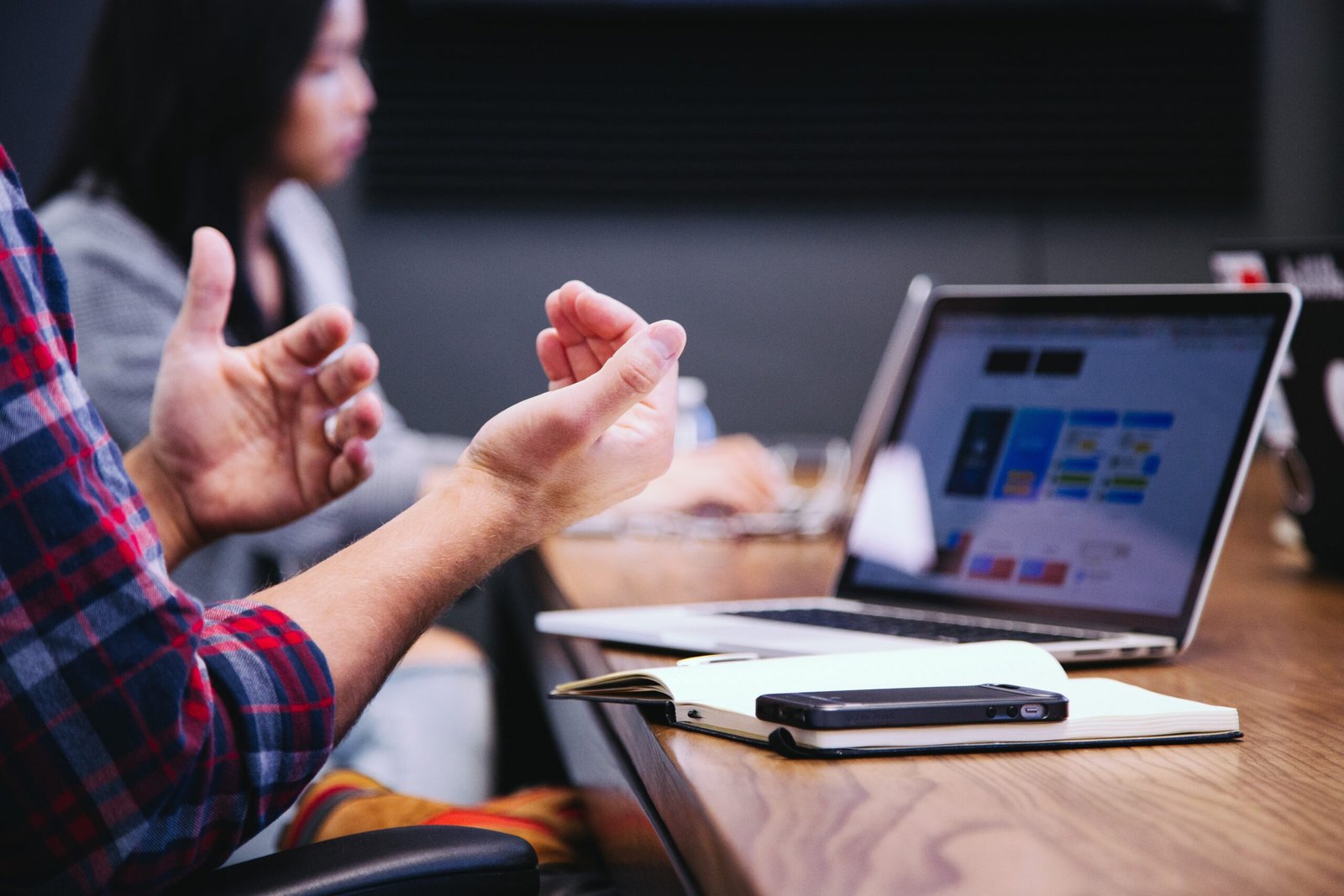
Modern Perspectives on Gender: Embracing Diversity and Inclusivity
In recent years, society has witnessed a significant shift in how we perceive and discuss gender. The traditional binary understanding of gender as strictly male or female no longer captures the full spectrum of human experiences. As awareness and understanding of gender diversity grow, modern society is striving to embrace a more inclusive and respectful approach toward individuals of all genders. In this comprehensive blog post, we will explore the concept of modern gender regards in view of altered gender identities, shedding light on the evolving understanding of gender, the experiences of gender-diverse individuals, and the importance of creating an inclusive society.
Gender has always been a complex and multi-faceted concept, deeply ingrained in our society. However, in recent years, there has been a significant shift in how we perceive and understand gender. Gone are the days of rigid binary classifications; today, we are embracing diversity and inclusivity like never before.
One of the key aspects of modern perspectives on gender is the recognition that it is not solely determined by biological sex. While biological sex refers to the physical characteristics that differentiate males and females, gender is a social construct that encompasses a wide range of identities and expressions.
Gender identity refers to an individual’s deeply-held sense of being male, female, or something else entirely. It is a deeply personal and subjective experience that may or may not align with the sex assigned at birth. For many people, their gender identity is an integral part of their self-identity and shapes how they navigate the world.
Another important concept in modern perspectives on gender is gender expression. Gender expression refers to how individuals present themselves to the world through their appearance, behavior, and clothing choices. It is important to note that gender expression is not inherently tied to gender identity, and individuals may express their gender in a variety of ways.
Furthermore, modern perspectives on gender recognize that gender is not binary, but rather exists on a spectrum. This means that there is a wide range of gender identities beyond just male and female, including but not limited to non-binary, genderqueer, and genderfluid. These identities challenge traditional notions of gender and highlight the need for greater inclusivity and acceptance.
Embracing diversity and inclusivity in gender is not only about recognizing and respecting different identities, but also about creating a society that is inclusive and affirming for all. It is about challenging harmful stereotypes and societal expectations that limit individuals based on their gender. It is about creating spaces where individuals can express their gender authentically and without fear of judgment or discrimination.
Education and awareness play a crucial role in promoting modern perspectives on gender. By providing accurate information about gender diversity and inclusivity, we can challenge misconceptions and promote acceptance. This includes educating ourselves and others about the experiences of transgender and non-binary individuals, as well as advocating for policies and practices that protect their rights.
Modern perspectives on gender also call for a reevaluation of traditional gender roles and norms. It is important to recognize that gender roles are socially constructed and can vary across cultures and societies. By challenging and breaking down these roles, we can create a more equitable and inclusive society where individuals are free to pursue their passions and interests regardless of their gender.
**1. The Evolving Understanding of Gender**
The traditional view of gender as a binary concept (male or female) has been deeply ingrained in many cultures for centuries. However, this binary framework fails to encompass the richness and complexity of human gender experiences. As society becomes more aware and accepting of gender diversity, there is a growing recognition that gender exists on a spectrum rather than as a fixed and binary construct.
**A. Gender Identity**
Gender identity refers to an individual’s deeply felt sense of their own gender. It may align with the sex assigned to them at birth (cisgender) or differ from it (transgender or non-binary). Understanding and acknowledging diverse gender identities is a fundamental aspect of modern gender regards.
1. **Cisgender**: Cisgender individuals have a gender identity that aligns with the sex they were assigned at birth. For example, someone assigned female at birth who identifies as a woman is cisgender.
2. **Transgender**: Transgender individuals have a gender identity that differs from the sex assigned to them at birth. For example, someone assigned male at birth who identifies as a woman is transgender.
3. **Non-binary**: Non-binary individuals do not exclusively identify as male or female. They may identify as both, neither, or as a different gender entirely.
4. **Genderqueer**: Genderqueer is an umbrella term for individuals whose gender identity is fluid or non-conforming. They may identify as a mix of genders or reject traditional gender labels altogether.
**B. Gender Expression**
Gender expression refers to how individuals present their gender to the world through clothing, hairstyles, mannerisms, and other aspects of appearance and behavior. It is distinct from gender identity and can vary widely among individuals. Modern gender regards emphasize the importance of allowing people the freedom to express their gender in ways that feel authentic to them.
**2. Challenges Faced by Gender-Diverse Individuals**
While progress has been made in recognizing and respecting gender diversity, gender-diverse individuals continue to face unique challenges and forms of discrimination. It is crucial to acknowledge these challenges to work toward a more inclusive society.
**A. Discrimination and Stigma**
Gender-diverse individuals often experience discrimination and stigma, which can manifest in various forms, including:
– **Misgendering**: The act of referring to someone using terms that do not align with their gender identity, such as using the wrong pronouns.
– **Harassment and Violence**: Transgender and non-binary individuals are at a higher risk of experiencing physical and verbal harassment and violence.
– **Employment Discrimination**: Many gender-diverse individuals face discrimination in the workplace, which can limit their job opportunities and career advancement.
– **Healthcare Disparities**: Access to gender-affirming healthcare, including hormone therapy and gender-affirming surgeries, is often limited or stigmatized.
**B. Mental Health Challenges**
The discrimination and societal pressure faced by gender-diverse individuals can lead to mental health challenges, such as depression, anxiety, and suicidality. It is essential to provide support and mental health resources to this vulnerable population.
**C. Legal Protections and Rights**
Legal recognition and protections for gender-diverse individuals vary widely by country and region. In some places, transgender and non-binary individuals may face legal barriers, such as difficulties in changing their gender marker on identification documents.
**3. The Importance of Inclusivity and Respect**
Modern gender regards emphasize the need for inclusivity, respect, and acceptance of individuals of all gender identities and expressions. Creating a more inclusive society requires collective effort and a commitment to challenging stereotypes and biases.
**A. Using Correct Pronouns**
Respecting an individual’s pronouns is a basic but crucial aspect of modern gender regards. Using the correct pronouns (e.g., he, she, they) demonstrates respect for a person’s gender identity. If you are unsure of someone’s pronouns, it is acceptable to politely ask or use gender-neutral language until you have the information.
**B. Challenging Gender Stereotypes**
Society has long perpetuated harmful gender stereotypes that limit individuals’ freedom to express themselves authentically. Modern gender regards encourage us to challenge and break free from these stereotypes. We should celebrate and support individuals who challenge traditional gender norms.
**C. Advocating for Legal Protections**
Advocating for legal protections for gender-diverse individuals is crucial. This includes working toward comprehensive anti-discrimination laws, ensuring access to healthcare, and promoting the right to self-identify one’s gender on official documents.
**D. Supporting Mental Health**
Promoting mental health and providing support to gender-diverse individuals is vital. This includes accessible mental health services, support groups, and raising awareness about mental health disparities in this community.
**E. Educating Ourselves**
Educating ourselves about gender diversity and related issues is an essential step toward fostering inclusivity and respect. This may involve reading books, attending workshops, or engaging in conversations with gender-diverse individuals to better understand their experiences.
**4. Organizations and Initiatives Promoting Gender Inclusivity**
Several organizations and initiatives are dedicated to promoting gender inclusivity and supporting gender-diverse individuals. These organizations play a crucial role in advocating for rights, providing resources, and raising awareness. Here are a few notable examples:
**A. Human Rights Campaign (HRC)**
The HRC is a leading LGBTQ+ advocacy organization in the United States. They work to advance policies and protections for transgender and non-binary individuals, including advocating for inclusive healthcare, anti-discrimination laws, and education.
**B. Stonewall**
Stonewall is a UK-based LGBTQ+ rights organization that campaigns for equality and acceptance. They offer resources and support for transgender and non-binary individuals, as well as training for organizations and schools on LGBTQ+ inclusion.
**C. GLAAD**
GLAAD is a media advocacy organization that promotes positive representations of LGBTQ+ individuals in the media. They work to raise awareness about issues affecting transgender and non-binary people.
**D. The Trevor Project**
The Trevor Project is a suicide prevention organization for LGBTQ+ youth. They provide crisis intervention and mental health support for young people, including transgender and non-binary individuals.
**5. Conclusion: Embracing Diversity and Inclusivity**
Modern gender regards call upon us to reevaluate and expand our understanding of gender. By recognizing the diverse experiences of gender-diverse individuals, challenging stereotypes, advocating for legal protections, and promoting inclusivity and respect, we can create a more equitable and accepting society for everyone, regardless of their gender identity or expression. Embracing diversity is not only a moral imperative but also enriches our collective human experience by celebrating the beautiful tapestry of gender diversity that exists in our world.






